Whether you are a long term renter or about to sign your first rental lease, many landlords and tenants aren’t aware of what’s required for their property when it comes to electrical safety and appliances.
We have broken down the electrical safety requirements for both landlords and tenants in Queensland to help better understand these expectations. Residential Tenancies and Rooming Accommodation Act 2008 (the Act) states that the property owners must ensure that the property is not in breach of any health and safety law at the beginning of the property’s tenancy, and this includes the Electrical Safety Act 2002.
Mutual Responsibility
The Electrical Safety Act 2002 outlines that electrical safety is a mutual responsibility for both landlords and tenants. Specifically, it is the landlord's responsibility to ensure the property is safe upon moving in and through the duration of the lease agreement, and it is the tenant's responsibility to ensure their safety and the safety of others by being proactive in reporting any electrical issues.
Safety Switches
The property owner is responsible for a safety switch to be fitted to powerpoint circuits. If the property does not have one, one must be installed by a licensed electrician, otherwise, landlords risk getting a fine of up to $1,500. Safety switches are essential for all houses as they help prevent electrical shock and house fires when the circuit trips. It is also the landlord's responsibility to show where the tenants can find the safety switch, when testing is required and how to do this. Safety switches should be tested every 3 months to make sure they are compliant. Either the tenant can perform this, or the landlord (given they have submitted an entry notice form at least 24 hours beforehand).
Do Not DIY
In Queensland, it is illegal for anyone but a qualified electrician to perform electrical work. Even if the job is done to standard, it won’t pass the certification and therefore jeopardises insurance policies, as well as property value and safety. Discard faulty electrical appliances and avoid attempting to repair these. Also verifying the electrical license of the electrician employed for any jobs to safeguard hiring illegitimate contractors, this can be done by the ‘Find a licensed electrician’ function on the Electrical Safety Office website.
Emergency Repairs
A dangerous electrical fault or damage that makes the premise unsafe or insecure is deemed an emergency repair. In the case that the tenant experiences an electrical shock from electrical equipment or metal fittings, it should be reported, in writing, to the landlord as soon as noticed. If it is an electrical appliance, do not continue to use this until it has been assessed for future use.
Further Resources
The Residential Tenancies Authority (RTA) has a multitude of resources that can provide more insight into the electrical responsibilities for domestic rental properties. Such as, this downloaded guide on electrical safety for tenants and this free webinar on Electrical Safety for landlords.
If you need to organise an electrical safety audit of your rental properties, or simply if you have any questions about the above, the Ehlerth team are more than happy to assist. Contact us today!


